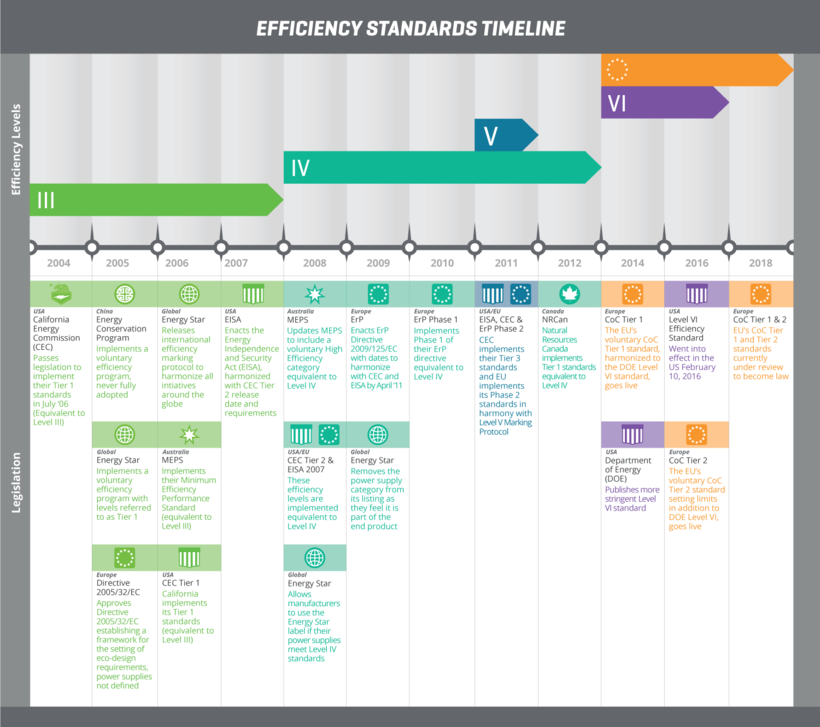Standby power, also known as vampire power, refers to the electricity consumed by devices when they are turned off but still plugged into a power outlet. This phenomenon is a significant contributor to energy waste, with estimates suggesting that it accounts for around 5-10% of the total energy consumed in a typical household. Reducing standby power is not only beneficial for the environment, but it can also help homeowners save money on their energy bills. In this article, we will explore five effective ways to reduce standby power consumption and provide actionable tips for implementing these strategies in your daily life.
Key Points
- Understanding standby power and its impact on energy consumption
- Using power strips to eliminate standby power
- Unplugging devices when not in use
- Looking for products with low standby power consumption
- Enabling power-saving features on devices
Understanding Standby Power

Standby power is a result of the way modern electronic devices are designed. Many devices, such as televisions, computers, and kitchen appliances, continue to draw power even when they are turned off, as they often have features like remote control, clock displays, or instant-on capabilities. This power consumption can range from a few watts to tens of watts, depending on the device. To put this into perspective, a single device consuming 5 watts of standby power can add up to around $5 per year in energy costs, assuming an average electricity price of 12 cents per kilowatt-hour.
Using Power Strips
One of the simplest and most effective ways to reduce standby power is to use power strips. By plugging your devices into a power strip and turning off the strip when they are not in use, you can completely eliminate standby power consumption. This is particularly useful for devices like home entertainment systems, where multiple components can be turned off with a single switch. For example, a power strip can be used to plug in a TV, DVD player, and gaming console, allowing you to turn off all three devices with a single switch.
| Device | Standby Power Consumption |
|---|---|
| TV | 2-5 watts |
| Computer | 5-10 watts |
| Coffee Maker | 2-5 watts |

Unplugging Devices

Another way to reduce standby power is to simply unplug devices when they are not in use. This can be particularly effective for devices that are only used occasionally, such as chargers, toasters, and blenders. By unplugging these devices, you can eliminate standby power consumption and also reduce the risk of electrical fires. For example, a charger can continue to draw power even when it is not charging a device, so unplugging it when not in use can help reduce energy waste.
Looking for Products with Low Standby Power
When purchasing new devices, look for products that have low standby power consumption. Many manufacturers now design their products with energy efficiency in mind, and some devices may have features like automatic shutdown or low-power modes. For example, some TVs and computers have a “low power” or “eco” mode that can reduce standby power consumption. You can also check the product’s energy label or specification sheet to see its standby power consumption.
Enabling Power-Saving Features
Many devices have power-saving features that can be enabled to reduce standby power consumption. For example, some devices may have a “turn off” or “shutdown” feature that can be set to turn off the device after a certain period of inactivity. Others may have a “low power” or “standby” mode that can reduce power consumption. By enabling these features, you can reduce standby power consumption and save energy. For instance, enabling the “low power” mode on a computer can reduce its standby power consumption from 10 watts to 2 watts.
What is standby power, and how can it be reduced?
+Standby power refers to the electricity consumed by devices when they are turned off but still plugged into a power outlet. It can be reduced by using power strips, unplugging devices when not in use, looking for products with low standby power consumption, and enabling power-saving features on devices.
How much energy can be saved by reducing standby power consumption?
+The amount of energy that can be saved by reducing standby power consumption varies depending on the device and its usage patterns. However, according to the U.S. Department of Energy, reducing standby power consumption can save households around $100 per year on their energy bills.
What are some common devices that consume standby power?
+Common devices that consume standby power include TVs, computers, kitchen appliances, and chargers. These devices can continue to draw power even when they are turned off, contributing to energy waste and increased energy bills.
In conclusion, reducing standby power consumption is a simple and effective way to save energy and reduce your environmental footprint. By using power strips, unplugging devices when not in use, looking for products with low standby power consumption, and enabling power-saving features on devices, you can significantly reduce standby power consumption and make a positive impact on the environment. Remember, every small action counts, and making these changes can have a significant impact when combined with other energy-saving strategies.



